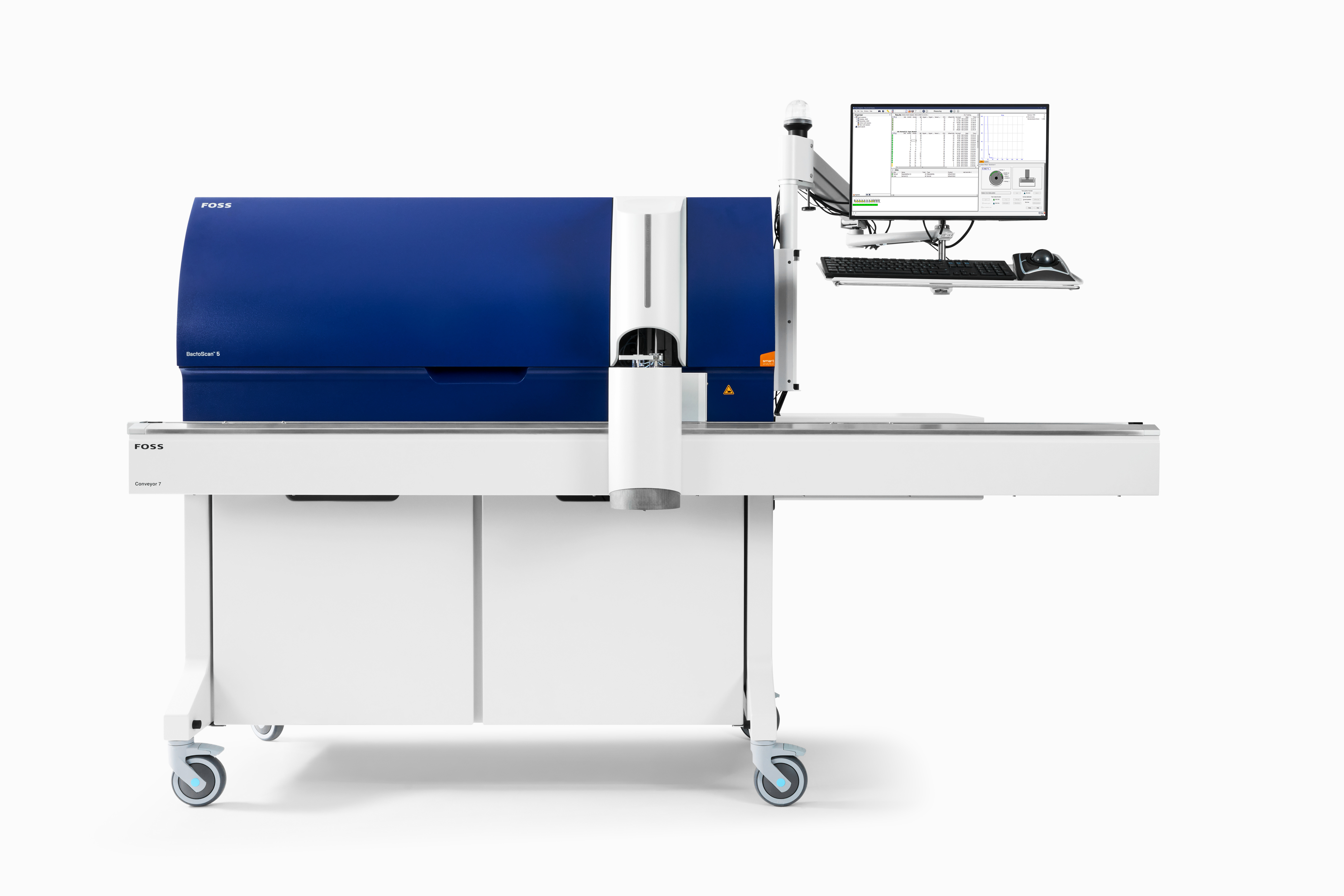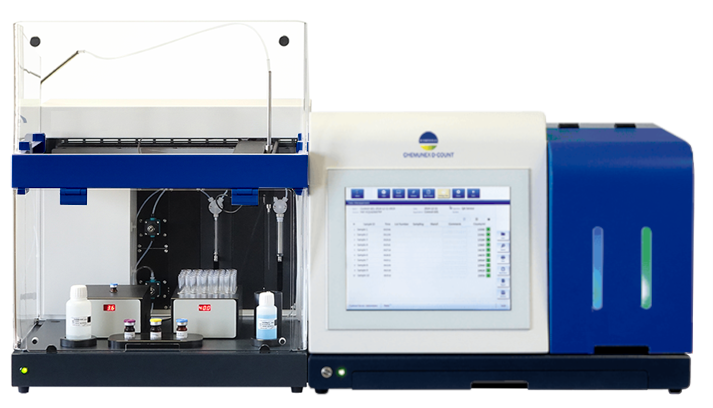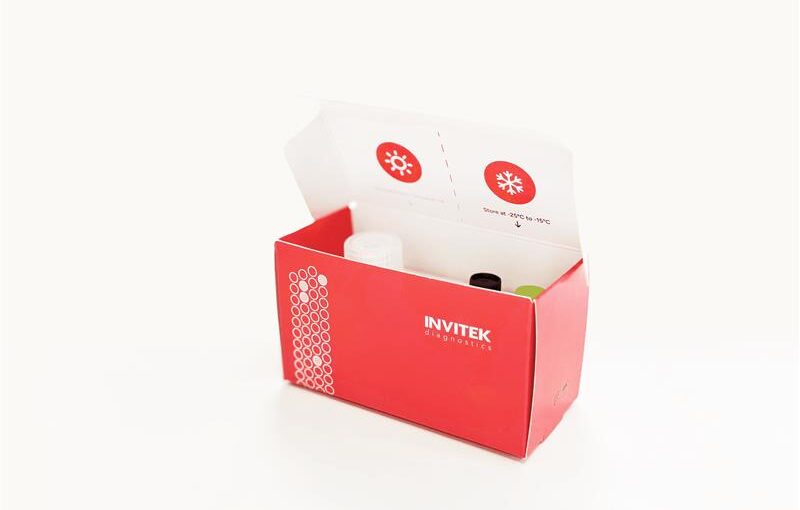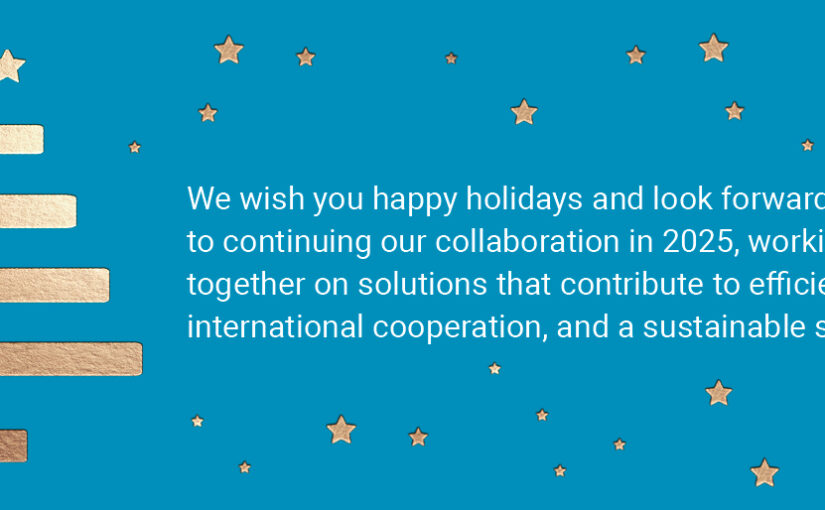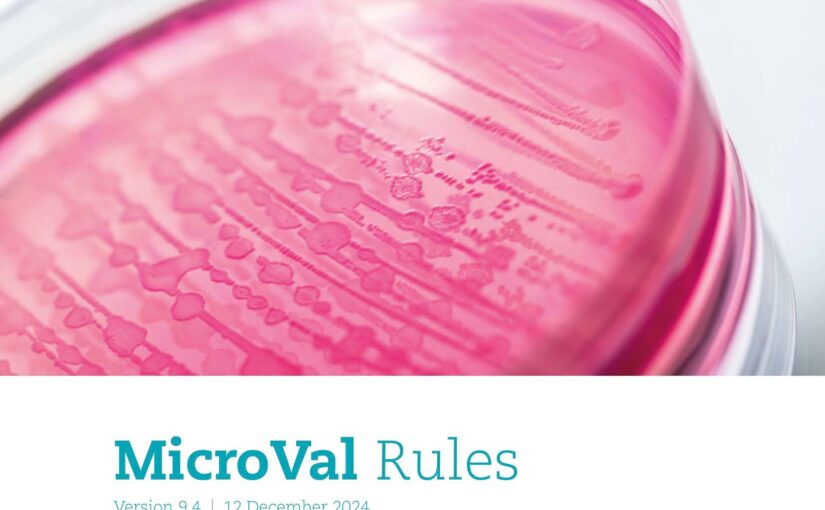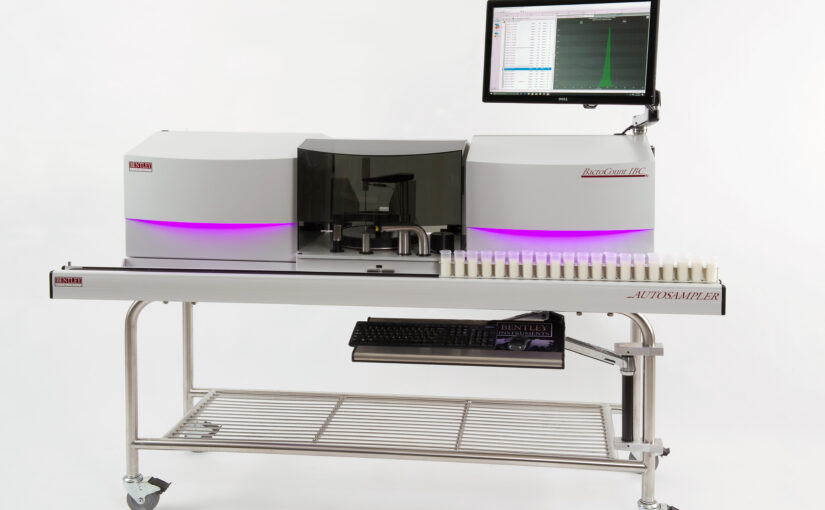In January 2025, MicroVal granted another certificate, this time for the FOSS BactoScanTM5. The BactoScanTM5 is FOSS’ latest generation fully automated flow cytometry-based instrument dedicated to quantify the Total Bacterial Count (TBC) in raw milk.
Building on the legacy of previous generations, the new innovative BactoScan 5 allows milk testing laboratories to analyze raw milk more efficiently and with an unprecedented level of safety, making it easier than ever before to improve food safety and ensure milk quality. One of the key drivers behind these improvements is a new reagent concept that significantly reduces the amount of operator steps and the time spent on reagent preparation, and also responsibly reduces the use of chemicals, and waste. This means improved productivity and business. For more information: Boost Productivity with BactoScan™ 5 Milk Bacteria Analyzer.
The validation study was conducted by Actalia Cecalait, a MicroVal expert laboratory. Actalia evaluated the instrument according to ISO 16140-2:2016, ISO 16297:2020, and ISO 21187:2021 standards, as well as the criteria defined in the EURL MMP document “Criteria for the validation of instrumental (epifluorescent) methods for the determination of total flora in raw milk” from December 2011. In the second part of the study, the instrument was compared to the already validated certified BactoScanTM FC+. For more information, see the detailed summary report and certificate number 2013LR45).
The certificate and the detailed summary report of this current study, number 2024LR133, are available on our website.
